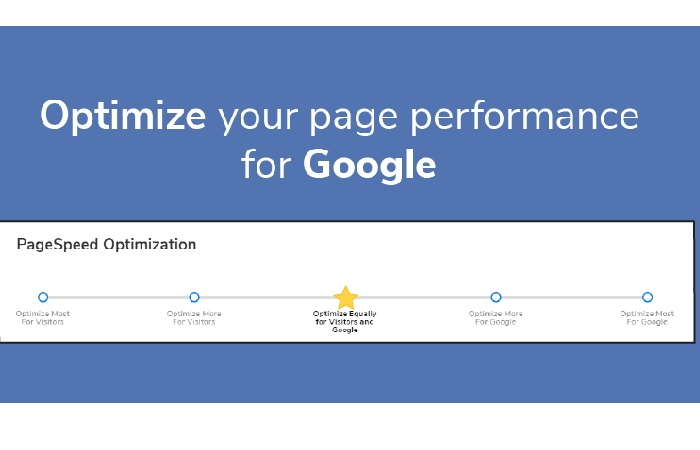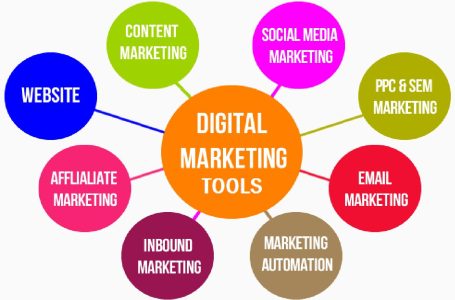There are many important elements of a successful website, one of the most essential being compatibility with mobile devices. There are more mobile websites than ever simply because of the increase in mobile users. In 2020, mobile use accounted for 79% of users’ time spent online in the U.S. Furthermore, mobile users don’t tolerate sites that are not mobile-friendly because there are so many other options that are. Site visitors will quickly click off a site that doesn’t perform on their mobile device in search of a more results-driven website. Once they click away, they are gone, and so is their business.
The Importance of a Mobile-Friendly Website

A study conducted in 2018 shows that 44% of adults preferred to search on their mobile devices instead of a desktop or laptop. Websites that are not mobile-friendly are frustrating to use; therefore, websites that don’t offer a positive user experience show poor traffic and generate fewer sales. Visitors have certain expectations of a website before they ever get there. They expect images that load almost instantly, a readable view that fits their screen, and a menu that is easy to navigate via a mobile device. Most importantly, they expect to get the information they came for. If it takes too long to find that information, a user will click off the site and never look back.
Mobile Optimized
While a mobile-friendly website fits a mobile screen and offers certain features that make browsing more feasible, a mobile-optimized website can do even more. When a website is optimized for mobile, its formatting is adapted to suit phone navigation better. Mobile optimization creates an ideal user experience by adjusting features like buttons and the navigation menu. Optimized sites also incorporate resized images to allow faster loading time, making them more likely to perform better on tablets.
Bounce Rate
It’s not hard to build a rapport with site visitors. Repeat customers are the best kind, and if a site meets users’ expectations, they will return. If a site does not meet their expectations and does not appropriately engage the user, potential sales are lost. In addition, a site’s bounce rate (i.e., the rate at which visitors click off a site) further directly affects search result rankings. Consequently, having a mobile-optimized site can significantly boost conversion rates and establish repeat customers. This is especially true for users searching locally and using “near me” because they are more likely carried out on the go, on mobile.
Data collected by one company found a correlation between page load speed and bounce rate. It showed a page that took two seconds to load had a 9% bounce rate, while the bounce rate jumped as high as 38% on pages with a three- to five-second load time. If you don’t keep visitors on your site long enough to become a conversion, you’re missing out on sales.
DIY Mobile Optimization

Making a website mobile-friendly or optimizing it for mobile can be done in-house. These changes can improve your business by bettering the mobile user experience. Keep in mind, though, a Google rank increase won’t happen overnight. It will take time to see a change, but if you implement the suggested actions below, you will see more traffic on your site and a better conversion rate.
- First, use the Google mobile analysis tool to get a punch list of areas where you can improve your site.
- Check the response time of your website. If it takes too long to load, minimize image size by adding a file minimizer plug-in to your site. This application will automatically reduce the size of all images on your site.
- Uninstall all unused plug-ins. Too many plug-ins can cause site lag.
- Allow browsers to cache all your site’s content. This includes text, HTML, images, CSS, and JavaScript.
- Instead of Flash, use HTML5.
- If all else fails, contact a professional.
Google’s Prioritization of Optimized Websites

The most crucial component of website design is that the algorithm employed by the Google search engine now prioritizes mobile-optimized websites in search results. In other words, websites optimized for mobile are ranked higher and will show up in search results more than non-mobile websites. In fact, non-optimized websites with steep online competition can easily be ignored entirely in a Google search. These updated algorithms are partly the result of the ever-changing metamorphosis of how people use and interact with the internet. Industry trends also shift as internet use shifts toward mobile and away from desktops and laptops. By the end of 2021, mobile searches represented 63% of organic searches in the U.S. For this reason, Google’s search engine algorithm is now heavily impacted by user experience because the mobile experience differs from that of interaction from a desktop.
Core Web Vitals
In 2021, Google’s search ranking algorithm modification made page experience an official component of search ranking results as measured by a site’s Core Web Vitals (CWV). Website owners who understand how these core values are used to determine the search result ranking of a site can also gain insight into their site’s user experience. By understanding these measures and how Google uses them, website owners can have a competitive edge for their web presence. Some of the fundamental parts of the CWVs are below.
Interactivity
First Input Delay (FID) — This measure shows the user’s perception of the responsiveness of a website. Rather than measuring load time, it determines user interaction time: the time between the site’s complete load and the user’s initial interaction. Scrolling is not considered an action; opening the menu navigation panel would be an example of first input.
Visual Stability
Cumulative Layout Shift (CLS) — This metric determines the visual stability of a page’s content. By counting the unexpected shifts in layout experienced by the user, and the frequency of such changes, the metric evaluates unexpected shifts. It offers a cumulative score that must stay below 0.1 to be considered acceptable.
Loading
Largest Contentful Paint (LCP) — This user-centric metric evaluates the load speed of a site by determining the perceived time it would take to load the site’s main content. The biggest text block or image found on the site. Google considers a load time of 2.5 seconds or less to be good. While a load time of four seconds or more receives a negative rating.
There are tools for testing these vitals, as well as for adjusting them. If you think the user experience of your website needs upgrading, or you want to know if it does, a digital marketing agency can analyze your site and provide consultation to improve it. Because agencies are staffed with highly experienced teams, they can offer full-service digital marketing services. From SEO, conversion rate optimization, website design, and more, this is a way to positively drive more traffic to your site and keep it there. Maintaining user experience is an ongoing and graduating process, but with the right tools. You can equip your site with a better user experience, thus increasing search engine result rankings.
Author:
Richa Pathak
01richa90@gmail.com





